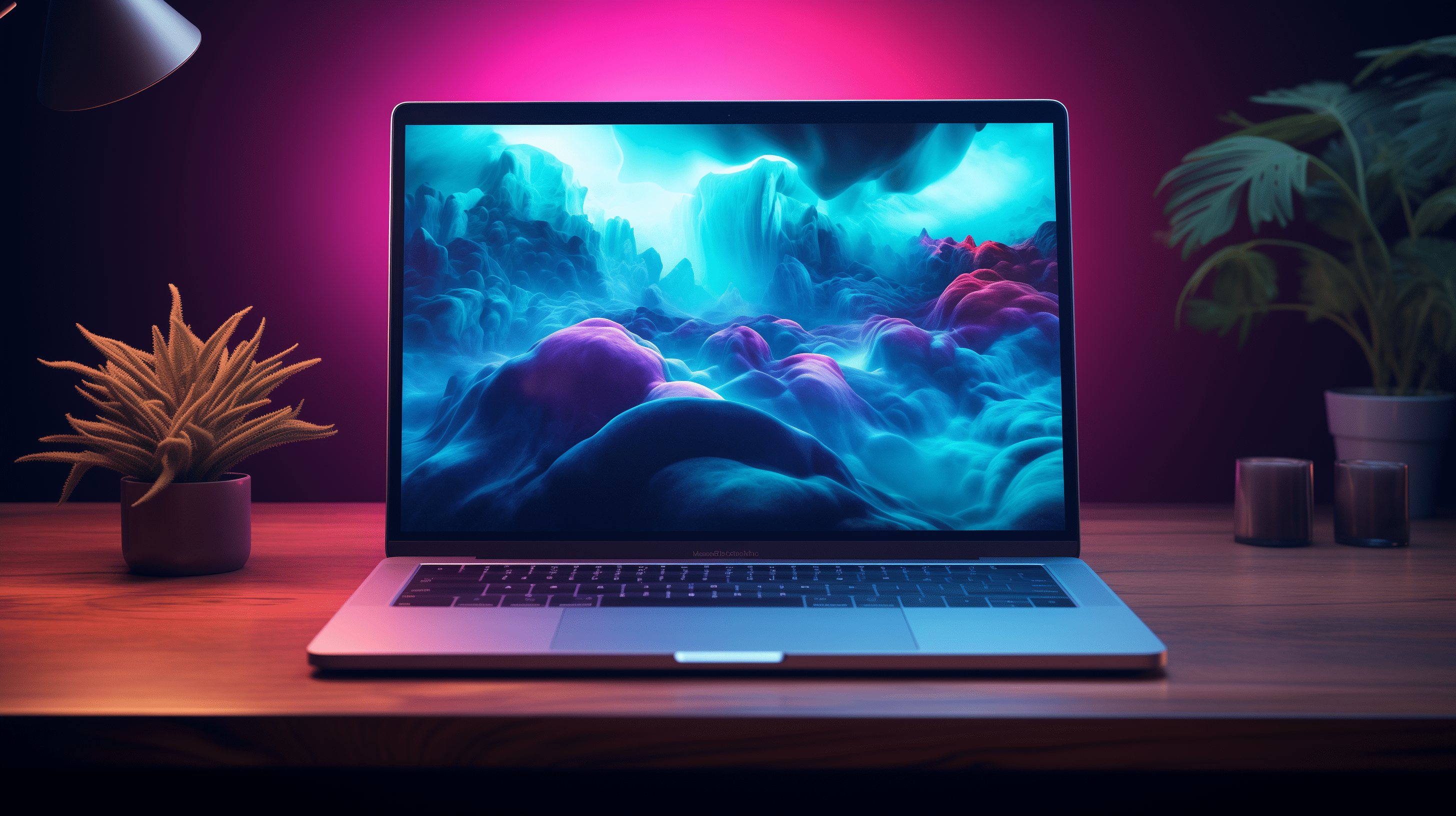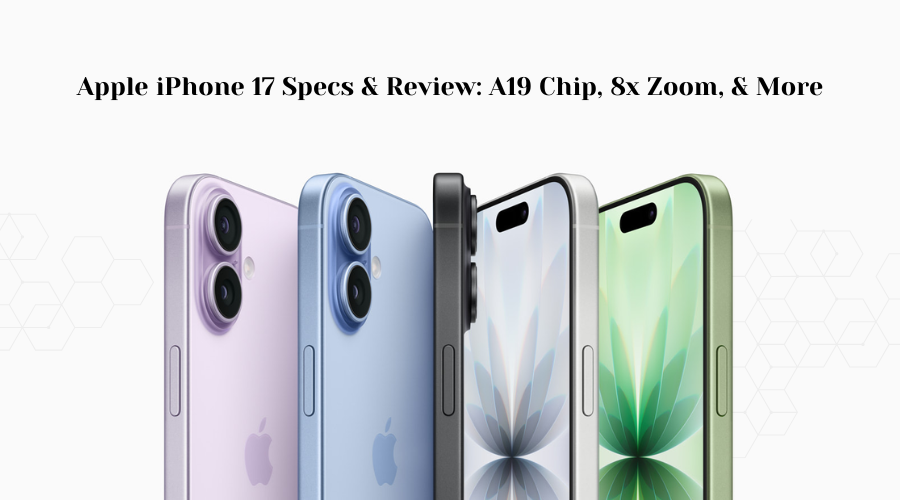Introduction
In today’s fast-paced digital era, laptops have become indispensable tools for work, education, and entertainment. As technology evolves, so too do the features and capabilities of these portable computers. This comprehensive guide explores the key aspects of laptops, helping you make informed decisions when choosing the right device for your needs.
-
Types of Laptops:
- Ultrabooks: Slim, lightweight, and powerful, ultrabooks are designed for portability without compromising performance.
- Gaming Laptops: Engineered for high-performance gaming, these are boast powerful processors and dedicated graphics cards.
- 2-in-1 Laptops: Combining the functionality of a laptop and a tablet, 2-in-1 offer versatility with a convertible design.
-
Operating Systems:
- Windows: Widely used and versatile, Windows offer a vast array of software compatibility.
- MacOS: Exclusive to Apple devices, MacOS provides a seamless and user-friendly experience with a focus on creative applications.
- ChromeOS: Ideal for users immersed in Google’s ecosystem, ChromeOS is a lightweight, web-centric operating system found in Chromebooks.
-
Key Components:
- Processor (CPU): Determines the laptop’s overall speed and performance. Options include Intel Core and AMD Ryzen processors.
- RAM: Influences multitasking capabilities; higher RAM allows for smoother performance when running multiple applications simultaneously.
- Storage: Choose between traditional Hard Disk Drives (HDDs) for larger storage or faster Solid State Drives (SSDs) for quicker data access.
-
Display Features:
- Resolution: Higher resolutions, such as Full HD (1080p) or 4K, deliver sharper visuals.
- Refresh Rate: Important for gamers, a higher refresh rate provides smoother motion in fast-paced visuals.
- Touchscreen: Available on select models, touchscreens enhance interaction and productivity.
-
Portability:
- Weight and Size: Consider your usage patterns. If you’re frequently on the move, a lightweight and compact laptop may be preferable.
- Battery Life: Longer battery life ensures extended usage without the need for constant charging.
-
Connectivity:
- Ports: Assess the available ports for connecting peripherals, external displays, and other accessories.
- Wireless Connectivity: Check for Wi-Fi standards (Wi-Fi 6 for faster connections) and Bluetooth capabilities.
-
Security Features:
- Biometric Authentication: Many laptops now offer fingerprint scanners or facial recognition for secure logins.
- Privacy Screens: Some models come with integrated privacy screens to prevent onlookers from viewing your display.
-
Budget Considerations:
- Entry-Level: Budget-friendly laptops cater to essential tasks like web browsing, document editing, and basic multimedia.
- Mid-Range: Balancing performance and affordability, mid-range laptops suit a wide range of users.
- High-End: Premium laptops feature top-tier components, high-resolution displays, and cutting-edge technology.
Conclusion
Choosing the right laptop involves a careful consideration of your specific needs and preferences. Whether you’re a student, professional, gamer, or creative, the diverse range of laptops available ensures that there’s a perfect match for everyone. Stay informed, explore options, and make a decision that aligns with your lifestyle and computing requirements.




